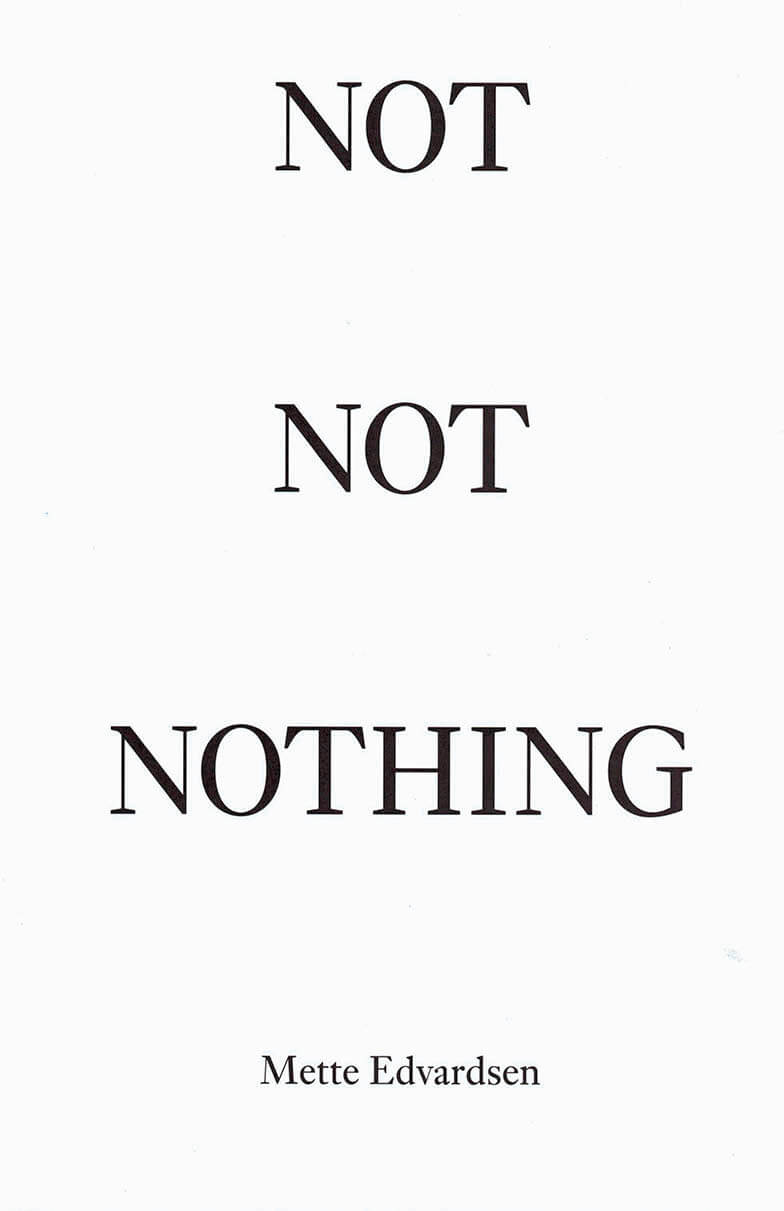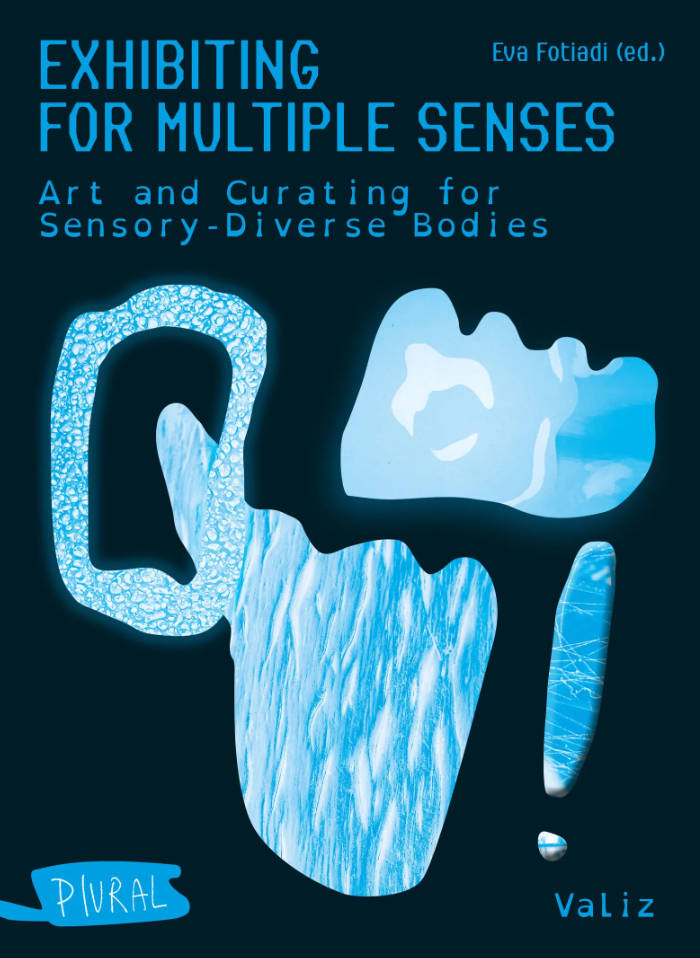
Choreography as Self-Conditioning — A Written Exhibition
Simone Basani ed.
he books included in the series ‘Choreography as Conditioning’ are rooted in a cycle of work sessions entitled CASC at KASK, in which students work together with invited guests. They explore the notions of choreography, understood as ways of organizing subjects in their surroundings, and conditioning in both art-making and society-making. Where, how, and by whom are things organized and what kind of landscapes of experience are made (im)possible by the practices we enact and encounter?
The fourth book, ‘Choreography as Self-Conditioning’, presents a ‘written exhibition’. It consists of re-scripted scores originally developed for the architectural space and the live audience of ‘House of Ear’, an immersive and intro-active sound parcours conceived and curated by David Helbich and Joris Blanckaert. These scores are DIY versions of the original works that invite readers to re-activate and engage with the thinking processes they stem from.







